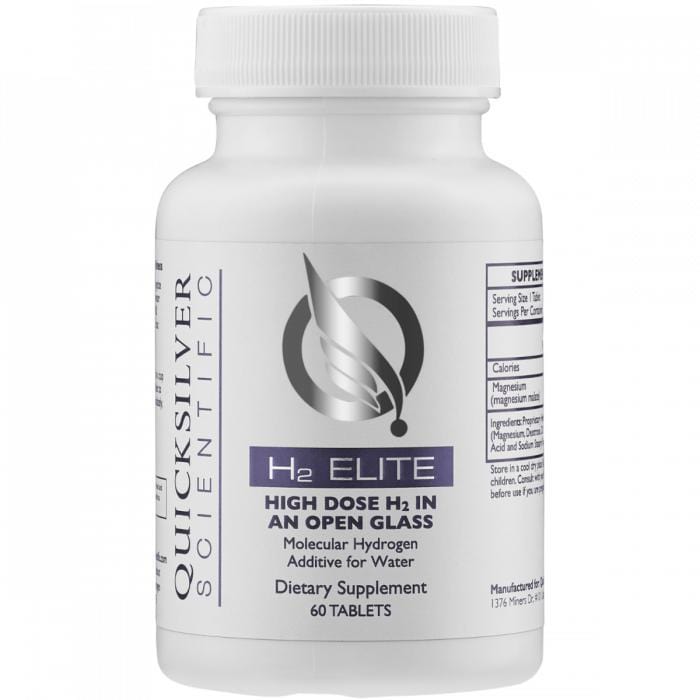You may have heard the uproar about Skittles, how a California man sued Mars for not warning their customers that it contains harmful levels of titanium dioxide...well, it’s not only this colorful candy that contains toxic chemicals. MOST candies, many children’s medicines, and processed foods in America also contain artificial dyes! But the majority of these chemicals are not allowed in Europe! What gives?
Moms Across America Board member Kelly Ryerson, AKA Glyphosate Girl, weighs in on the situation as our guest writer.
 Synthetic food dyes. They are approved for use by the FDA, so could they be causing the entire body a hysterical emotional meltdown? Indeed they were and can.
Synthetic food dyes. They are approved for use by the FDA, so could they be causing the entire body a hysterical emotional meltdown? Indeed they were and can.
As a young child, my son had two identities. One was a sweet, curious boy who enjoyed reading and playing with his trains. The other, well, I can only refer to it as a dead ringer for the Tasmanian Devil. For those not subjected to hours of Looney Tunes as a child, Taz is an animated character who became famous for his short temper and extreme, hurricane-like energy bursts.
Doctors dismissed these outbursts as normal little boy behavior, but there was something peculiar about the tantrums. They triggered so quickly over nothing in particular like some switch had been activated in his mind that sent his nervous system into high gear. My mom’s mind fled into all kinds of worst-case scenarios, abetted by Google searches on everything from terrifying brain diseases to my general failure as a parent. Because what would mom-life be without some occasional self-blame.
A few months passed, and a few childhood viruses came and went. One particularly nasty flu sent me to the drugstore to pick up my son’s favorite grape-flavored Children’s Tylenol. Twenty minutes after dosing the Tylenol, that notorious Taz returned. I looked at the bottle.
D&C Red No. 33 & FD&C Blue No. 1.
Synthetic food dyes. They are approved for use by the FDA, so could they be causing the entire body a hysterical emotional meltdown? Indeed they were and can.
 The most commonly used synthetic food dyes in the US are:
The most commonly used synthetic food dyes in the US are:
- FD&C Blue No. 1
- FD&C Blue No. 2
- FD&C Green No. 3
- FD&C Red No. 3
- FD&C Red No. 40
- FD&C Yellow No. 5
- FD&C Yellow No. 6
Juice drinks, fruit-flavored drinks (powders), soft drinks, ice cream cones, breakfast cereals, and icings are the most common sources of food dye exposure in the US. It, therefore, makes sense that a packet of red Kool-Aid doubles as an effective hair dye.
In Europe, where regulators take a more precautionary approach.
E171, titanium dioxide, found in Skittles in America, is banned from European foods.
The following warning appears on labels of food that include other artificial dyes:
“May harm activity and attention in children.”
 The warning is well justified. Multiple studies have shown that artificial food dyes can cause hyperactivity in children.
The warning is well justified. Multiple studies have shown that artificial food dyes can cause hyperactivity in children.
In 2021, the California Environmental Protection Agency’s Office of Environmental Health Hazard Assessment (OEHHA) found that “synthetic food dyes are associated with adverse neurobehavioral outcomes in some children. With increasing numbers of US children diagnosed with behavioral disorders, this assessment can inform efforts to protect children from exposures that may exacerbate behavioral problems.”
At the upcoming White House Conference on Food, Nutrition, Hunger, and Health, Moms Across America would like to make our voices heard and ban the use of artificial food dyes in our food. We believe that the US must work to preserve the neurological and psychological health of our children actively, and replacing dyes with natural alternatives would make a significant impact.
Please join us in telling the White House that banning food dyes is an urgent matter. We will collect all of your signatures and comments and submit them together. Feel free to share your stories as well!






Showing 2 reactions
Sign in with